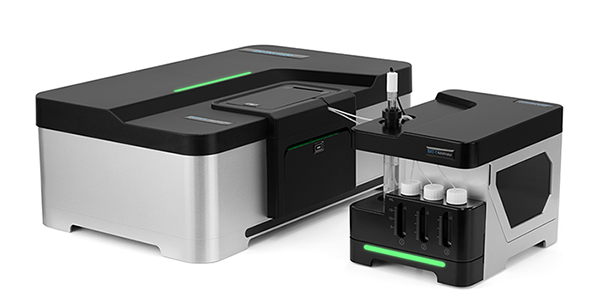Chemicals Application Notes — Precision in Chemical Analysis
2024-06-03Application Note
Precisely understanding and behavior of chemical materials is fundamental to developing innovative products, optimizing processes, and ensuring consistent quality. However, achieving this precision in chemical analysis can be challenging, as selecting and effectively utilizing the appropriate analytical techniques for specific chemical samples is crucial.
For example, zeta potential, which depends on the chemical composition and pH of the medium, is an important parameter for assessing stability. Our BeNano series utilizes Phase Analysis Light Scattering (PALS), a more sensitive technique capable of accurately measuring zeta potential even in samples with low electrophoretic mobility. Moreover, by pairing the BeNano series with the BAT-1 autotitrator, researchers can precisely determine the zeta potential of samples at different pH levels.
Beyond PALS and Electrophoretic Light Scattering (ELS) for zeta potential, our BeNano series empowers chemists to effectively measure particle size and molecular weight using Dynamic Light Scattering (DLS) and Static Light Scattering (SLS).
This collection features six application notes from Bettersize Lab, showcasing the BeNano series' capabilities in analyzing diverse chemical materials, including polymer standards, surfactant micelles, copolymer latex, silica suspensions, aluminum oxide, and titanium oxide. With this collection, you'll gain insights into selecting and applying effective techniques for your specific chemical analysis.
Inside this collection, you'll learn:
1. Using the BeNano 180 Zeta to Measure the Zeta Potential of Silica Suspension
2. Using the BAT-1 autotitrator to measure the zeta potentials of Al2O3 at different pH
3. Using the BAT-1 autotitrator to measure the zeta potentials of TiO2 at different pH
4. Measuring the Sizes and Zeta Potentials of Copolymer Latex Samples
6. Measuring Molecular Weight with the BeNano 90 Zeta Using Static Light Scattering
BeNano Series
Ready to dig in? Let’s download it!

Rate this article

